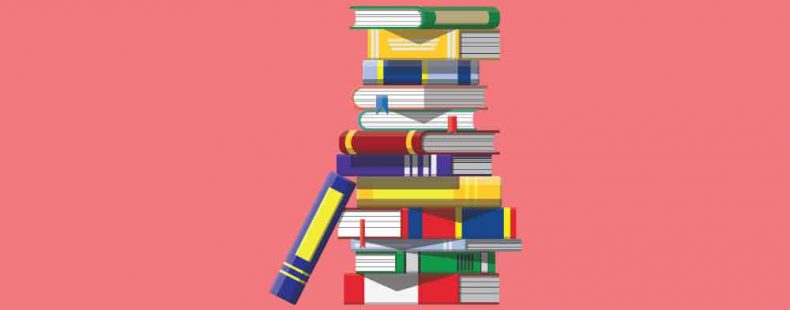

Aristotle wrote that mastery over the art of metaphor is a sign of genius—and it turns out it he was right. Literary devices, including simile, allusion, and satire, not only give life to our words, but also make us … smarter?
For example, cognitive research has found that deciphering an ironic statement takes twice the effort as understanding a more straightforward comment. Makes sense, right? Someone says “What a lovely day” (when it’s lousy weather), and our brains do the work of first interpreting the words literally, and then gathering the additional information needed about the context to understand the joke.
So let’s take time to get to know these 13 essential literary devices. Where would we be without a well-placed yeah, right (it can be used ironically!) or an exaggeration like I’m so hungry I could eat a horse! (who hasn’t said this hyperbole at least once)?
We know how Aristotle feels about a metaphor, but what does this term mean at its most basic form?
A metaphor is a figure of speech in which a term is applied to something to which it is not literally applicable in order to suggest a resemblance, as in She is a rose. Excluding the possibility that the subject of this sentence is literally a flower, this example suggests that the subject possesses figurative qualities or attributes of a rose, such as exquisite beauty or perhaps a prickly disposition.
One famous metaphor is the Doomsday Clock, a symbolic clock that represents how close the planet is to global disaster.
Metaphor is often confused with simile, a figure of speech in which two unlike things are compared; this comparison often uses the word like or as.
To build on the example in the previous slide, she is like a rose and as thorny as a rose bush are examples of simile.